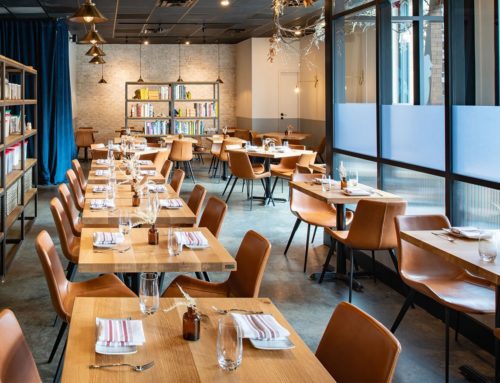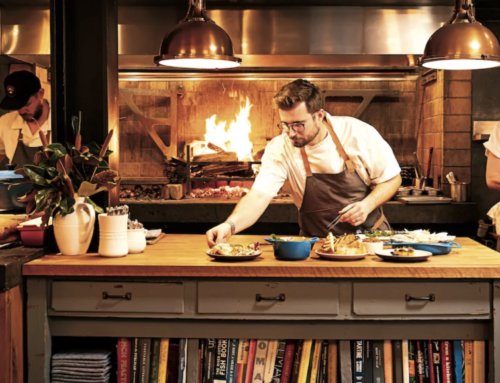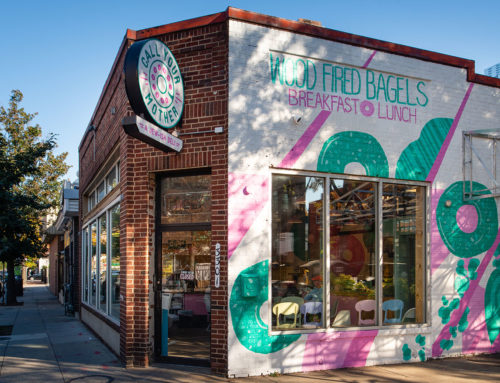A DEEPER LOOK AT RESTAURANT CONSTRUCTION
From ARCHITECTURE AND DESIGN, – By
Rob Mescolotto, founder and owner of Hospitality Construction Services, answers some questions about restaurant construction trends, the challenges of building them, and tells how his company differentiates itself in the busy hospitality sector.
What restaurant design trends are owners looking for?
Right now, we are seeing a lot of different requests come through because of the shift in restaurant trends. Instead of communal tables, owners are requesting chef’s tables. When it comes to building materials, we are seeing a movement towards heart pine and specialty wood flooring combined with unique millwork elements that fill in the property, like a sake cabinet. Incorporating refrigerated elements such as a sushi case is also a trend we are noticing, as well as implementing living walls.
The bar scene within a restaurant is also changing as owners have begun to implement and create more mixology programs. Since this calls for people to use the bar in different ways, we are fulfilling different requests for this specific area within a restaurant.
What are the three biggest challenges of restaurant construction and why?
First and foremost is coordination— the amount of mechanical, electrical and plumbing associated with a restaurant usually make up about 50 percent of the budget. These elements take up large and vast areas within the walls and ceilings, and our goal is to make these pieces vanish so it isn’t visible to the customer enjoying a meal.
The second challenge is the idea of making sure all key components within the property are warrant-able to the property and, that they meet the requirements associated with each individual use. What I’m referring to is the idea that the requirements for a dish washing room are different than the requirements for an open kitchen, and even more so than the upholstery that sits underneath the patron. All these elements need to work together in terms of durability, function, and how they will be utilized by guests.
Lastly, and most importantly, is making sure the contractor, owner and architect are in sync well in advance at the time of signing the lease for the restaurant space.
This sounds like a simple concept, but more often than not, owners are moving forward with brokers who are pushing their own agenda in order to try to close the deal. It’s not uncommon for owners to be brought into a property that doesn’t have the core elements necessary to make it a restaurant. Things like having exhaust assemblies for going to the roof, proper water line size, and even sprinkler systems are not the broker’s focus when trying to close a deal. By involving an architect or contractor in the process from the very beginning, you’ll be able to prevent yourself from making these mistakes.
What kind of things have you done to differentiate your business from others that focus in the same market?
You can read the entire article by clicking one of the links below.
[su_button url=”https://hospitalitygc.com/wp-content/uploads/2015/06/Construction-Informer_6.8.15_-Hospitality-Construction-Services_Rob-Expert-Pitch-copy.pdf” target=”blank”]Download The PDF Of The Entire Article Here[/su_button]
[su_button url=”http://constructioninformer.com/2015/06/08/a-deeper-look-at-restaurant-construction/” target=”blank”]Read The Entire Article Here[/su_button]





